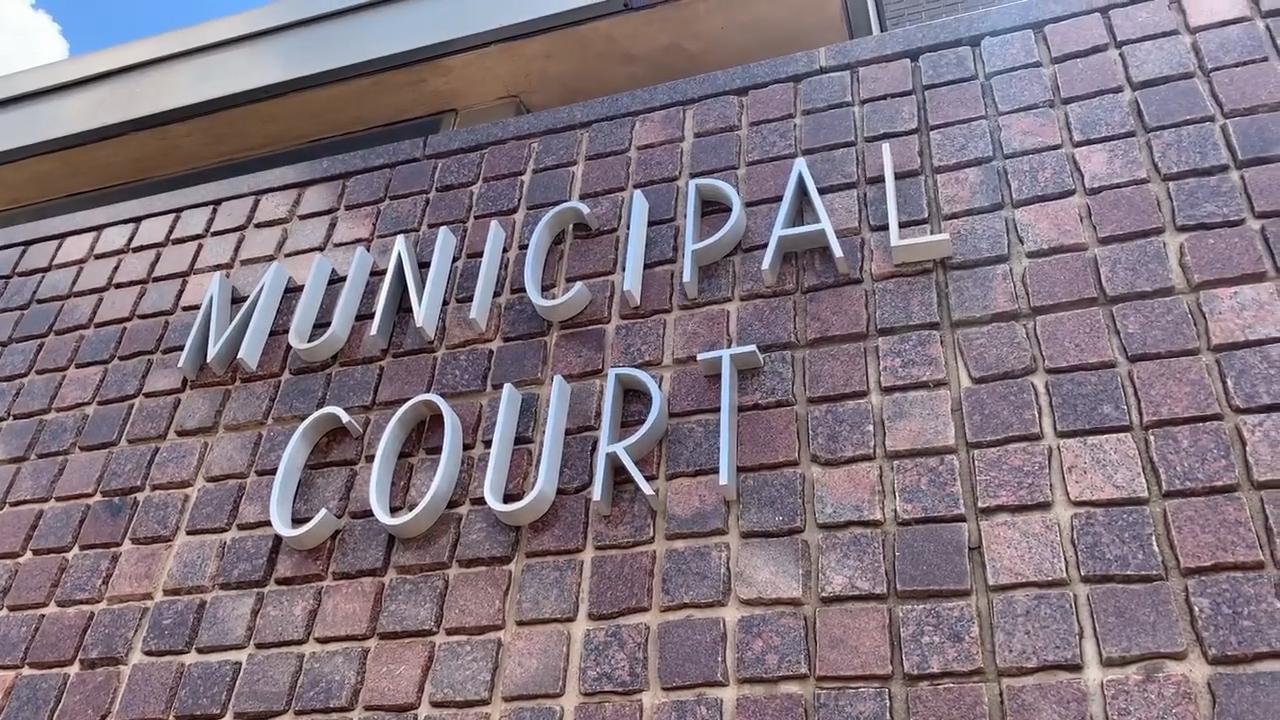DALLAS (AP) — About 1,000 people arrive in Texas each day, drawn by jobs, newly built homes and other opportunities. But in a state where prolonged drought is a regular occurrence, officials are struggling to ensure they can sate everyone’s thirst.
Water experts are trying to determine how “resilient” the state’s water infrastructure is in keeping safe drinking water flowing through the taps. There are indications that the system is more fragile than once thought: After Hurricane Harvey in 2017, more than 200 public water systems shut down or warned customers to boil their tap water. Months later, 3,700 Texans still lacked access to safe drinking water. Before that storm, 30 towns in 2013 were within six months of running out of water as a drought continued to grip the state.
“The state is growing so fast that we’re constantly playing catch-up when it comes to building resilient water supplies,” said Robert Mace, executive director of The Meadows Center for Water and the Environment at Texas State University. “The question is: When the bad times come will there be enough water for everybody?”
As the planet warms and weather patterns turn more extreme, droughts — as well as floods — in the state generally have worsened. Meanwhile, the state population is expected to double by 2050 to more than 50 million people.
Some Texas cities are seen as models in planning years in advance to keep supplies flowing to customers. El Paso, which has about 700,000 people living in a desert region that gets only 9 inches (23 centimeters) of rain annually, receives international groups wanting to learn more about innovative facilities like the largest inland desalination plant in the U.S. San Antonio launched its own desalination plant in 2017 and next year intends to begin importing water from a well field 140 miles (225 kilometers) away, giving the area a dozen different sources of water for some 2.5 million people.
But the big-ticket projects in Texas and greater push for long-term planning — the state every five years updates its water strategy based on a 50-year outlook — smack head-on against infrastructure defined by aging water lines, outdated treatment plants and smaller utilities focused on their own interests rather than regional ones.
These and other factors were at play when Texas cities and utilities in 2015 issued 1,550 boil-water advisories, up from about 1,100 in 2012 and 650 in 2008, according to the Texas Commission on Environmental Quality.
Such problems don’t become easier when the rains wane.
“We’re actually falling more behind for the big one, the repeat of the drought of record,” Mace said.
Texas in 2002 was lagging by 2.4 million acre feet in meeting water demands at the height of severe drought, he said, and now the state is 4.7 million acre feet behind. An acre foot amounts to 1 foot (0.3 meter) of water across an acre of land.
Smaller communities “are the ones really struggling,” Mace said. Many don’t have the customer base to afford a revamped water supply without a substantial increase in water bills. They’re also home to utilities that experts say are risk-averse and reluctant to embrace new technology.
Robert Paterson, an associate professor at the University of Texas with expertise in growth management and sustainable community development, said Texas trails other states when it comes to broad regional planning that incorporates water needs, land use and other aims. As Paterson notes, watersheds don’t care about boundaries.
“To have it all fragmented from city to city is really problematic and very wasteful,” Paterson said.
His sentiment isn’t lost on the Texas Water Development Board. The agency, which coordinates water planning and strategy in Texas, recently altered its approach by no longer basing long-term strategy on political or city boundaries, according to Temple McKinnon, its director of water use, projections and planning. The focus now is on the needs and projections of water providers.
“Converting to utility-based planning has been a herculean effort,” McKinnon acknowledged.
The work is no easier for water providers, which experts say must cobble together the money necessary to deliver a plentiful amount of safe, potable water — through conservation programs, groundwater and surface water supplies, reservoirs, water reuse and other means.
“There’s not a silver bullet, more like a silver machine gun, in the sense of many different strategies that can be employed to meet the state’s demands,” Mace said.




























